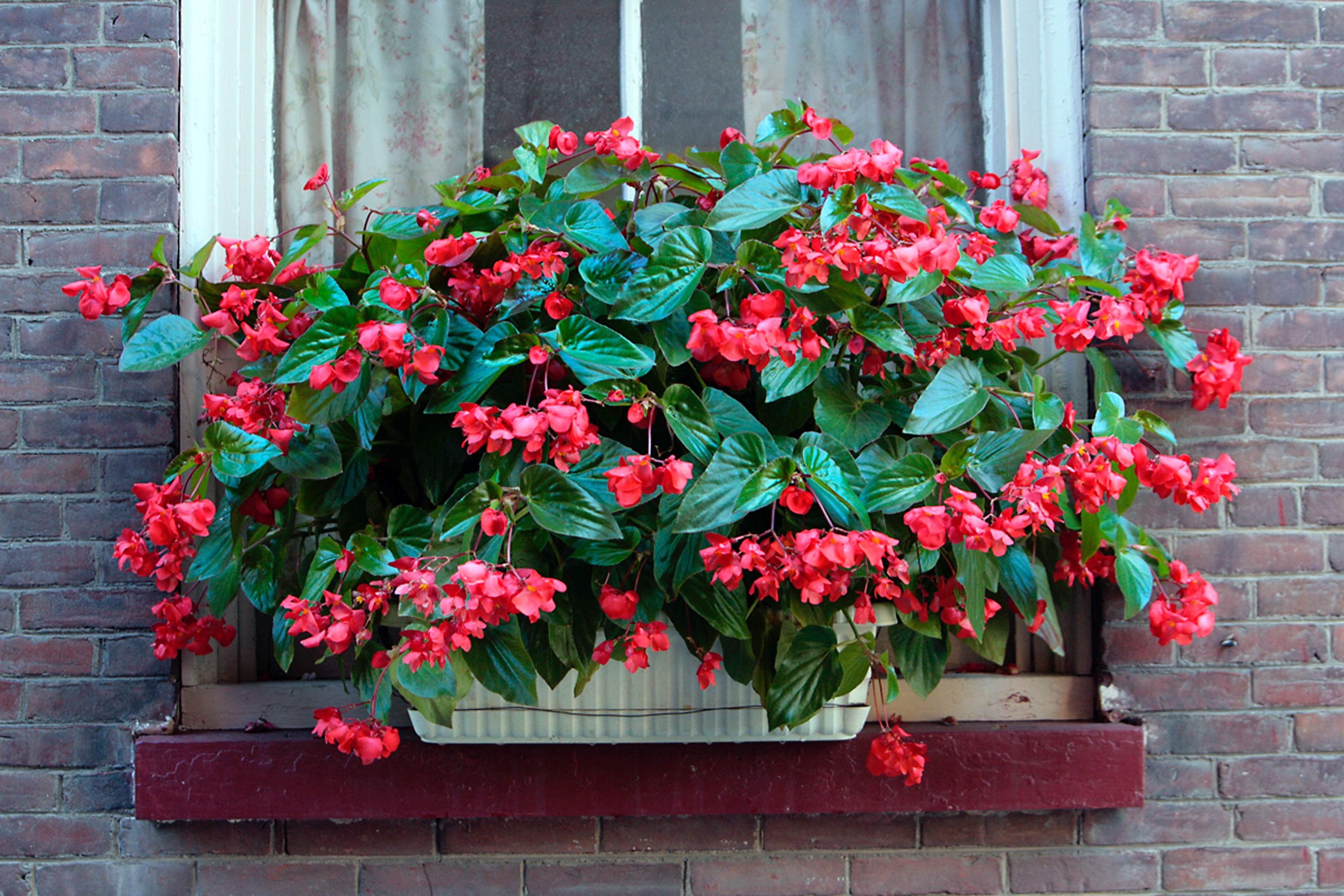Creating the perfect window box

A private garden can be a delightful proposition, but it’s also a responsibility many people prefer not to accept. From young professionals with busy lives through to older people with limited mobility, millions of us would politely decline the chance to spend our weekends mowing lawns, power-washing patios or trimming hedges.
If you live in a flat, a window box provides an opportunity to indulge in a spot of green-fingered activity without the physical labour (or shed full of tools) required to maintain even a modestly sized garden. Yet window boxes may also involve a fair amount of planning and balancing, from judging soil pH and selecting complementary plant species through to attracting wildlife and avoiding sunburned plants.
These are our tips on creating a window box of mixed colours and aromas, maximising its lifespan and character while minimising the amount of ongoing maintenance it’ll require…
Choose an optimal location
Some plants thrive on sunshine, while others do better in full or partial shade. Decide which window/s they’re going to occupy and monitor how much sunshine these windows receive. Is each location sheltered by an overhanging canopy that might prevent rainwater reaching it, or will it be susceptible to high winds (generally blowing from the west)? Always ensure a box fits on your chosen sill, with comfortable and safe accessibility from inside the property.
Choose plants to suit that location
Once each window box’s location is sorted, it’s time to choose your plants. These may be ordered as plug plants for delivery later in the spring, though your local garden centre will already be filling outdoor troughs with pansies, alpines, herbs and other seasonal plants. Try to select plants suitable for the window box’s chosen location, investing in a bag of nutrient-laden soil plus a bottle of phosphate-rich plant food. Use the latter fortnightly or monthly.
Invest in the right tools and equipment
Even a window box requires a few basic tools including a hand trowel, secateurs and a small watering can. Scatter a depth of gravel stones across the base of the box to provide extra drainage; jute or coconut fibre liners help, as well as simplifying the season’s-end clearout. Always punch a few holes in these liners to allow water to drain out – soil should remain damp, but saturated soil after a period of heavy rainfall may drown roots, killing plants.
Pander to nature
Window boxes allow you to attract birds, butterflies, bees and other pollenating insects. The Royal Horticultural Society has published a Plants for Pollinators list online, detailing which
seasonal plants will tempt flying visitors. Some herbs also attract insects, especially rosemary and oregano. As with flowers, an optimal selection of herbs might be influenced by the amount of shade (ideal for mint) or sunshine (which suits basil) the box will enjoy in situ.
Mix and match plants
Resist the temptation to fill a window box with a single species or variety of plant – a blend will look and work far better. Different varieties introduce extra colour, height and seasonality, potentially keeping your box characterful into late summer and early autumn. Adding a few perennials or hardy alpines turns a box into a year-round companion, while herbs and nectar-rich plants should be interspersed around the soil.
Back to Latest Posts




